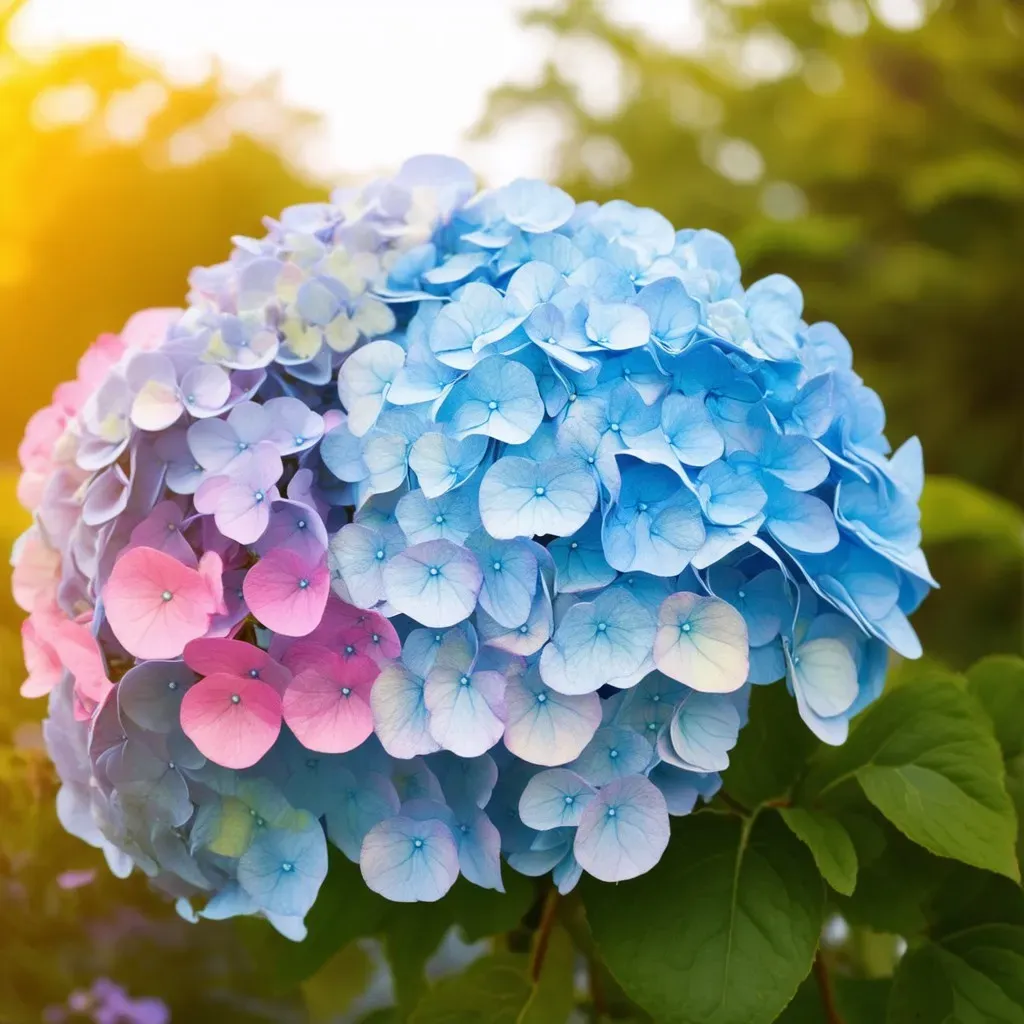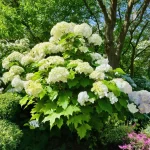Hydrangeas thrive in USDA Plant Hardiness Zone 8, where low winter temperatures can drop to 10 degrees F. With this temperate climate, gardeners are presented with a beautiful array of hydrangea varieties that bloom vibrantly and add a splash of color to any landscape.
Popular Hydrangea Varieties for Zone 8
Living in Zone 8 gives you access to a fantastic selection of hydrangeas that flourish beautifully. Below is a list of some of the Best Hydrangeas for the climate typical in this zone:
| Hydrangea Type | Botanical Name | Description | Blooming Season |
|---|---|---|---|
| 1. Bigleaf Hydrangea | hydrangea macrophylla | Known for its large blooms, available in blue and pink. | Spring to Summer |
| 2. Oakleaf Hydrangea | Hydrangea quercifolia | Features striking foliage, with white blooms in summer. | Summer |
| 3. Panicle Hydrangea | Hydrangea paniculata | Cone-shaped flower clusters, ideal for sunny spots. | Late Summer |
| 4. Smooth Hydrangea | Hydrangea arborescens | Produces broad, round flower heads, great in shaded areas. | Summer |
| 5. Lacecap Hydrangea | Hydrangea macrophylla | Unique flat flower clusters, perfect for romantic gardens. | Summer |
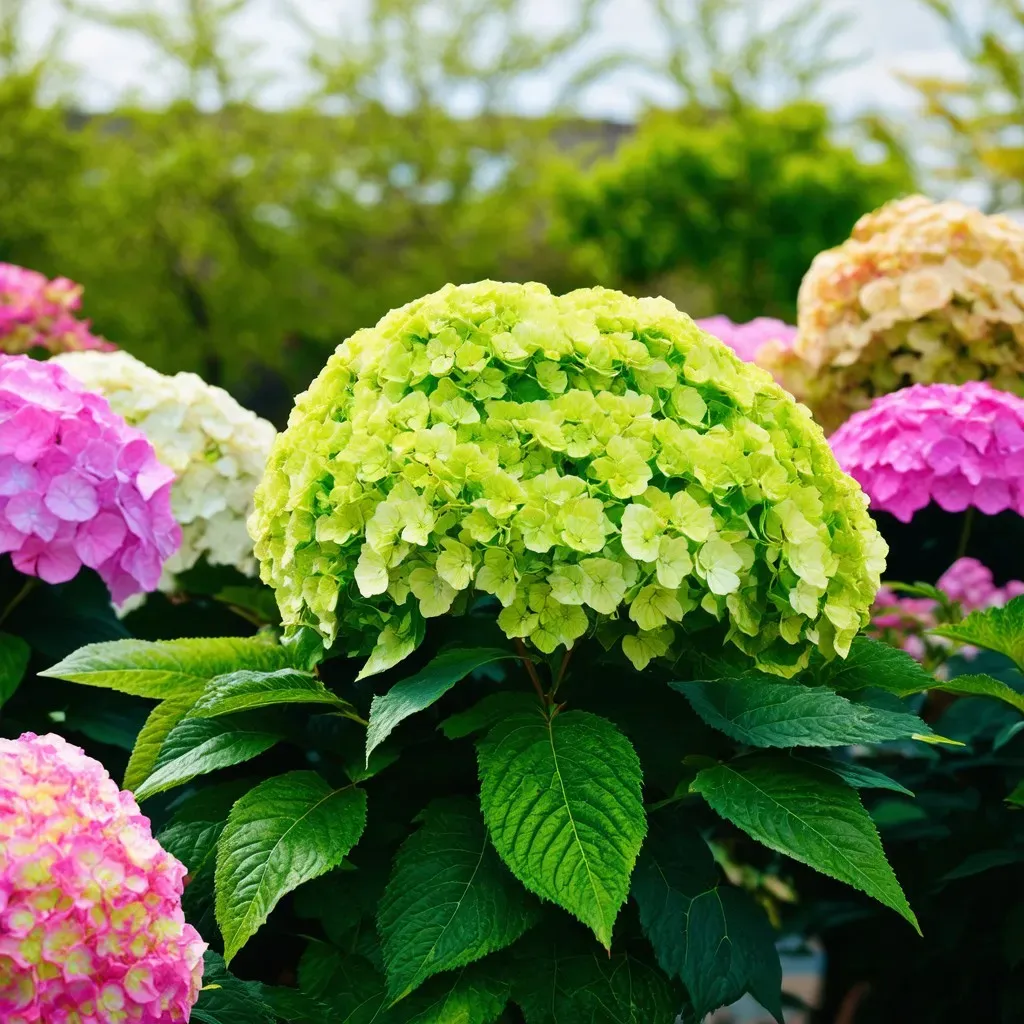
Growing Conditions for Hydrangeas in Zone 8
Hydrangeas thrive best under specific growing conditions that optimize their blooming potential. Here are key factors to consider:
Soil Type & pH
- Soil Type: Well-drained, loamy soil is preferred.
- pH Level: Most hydrangeas prefer a slightly acidic to neutral pH range of 5.5 to 7.0.
Sunlight
- While many hydrangeas can tolerate full sun, they may perform better with partial shade during the hottest part of the day, especially in regions within Zone 8 that experience high summer temperatures.
Watering Needs
- These shrubs require adequate moisture to thrive, particularly in dry spells. Regular, deep watering promotes healthy root development.
| Condition | Ideal Range |
|---|---|
| Soil pH | 5.5 – 7.0 |
| Sunlight | 4-8 hours of filtered sun |
| Watering Frequency | Once a week or as needed |
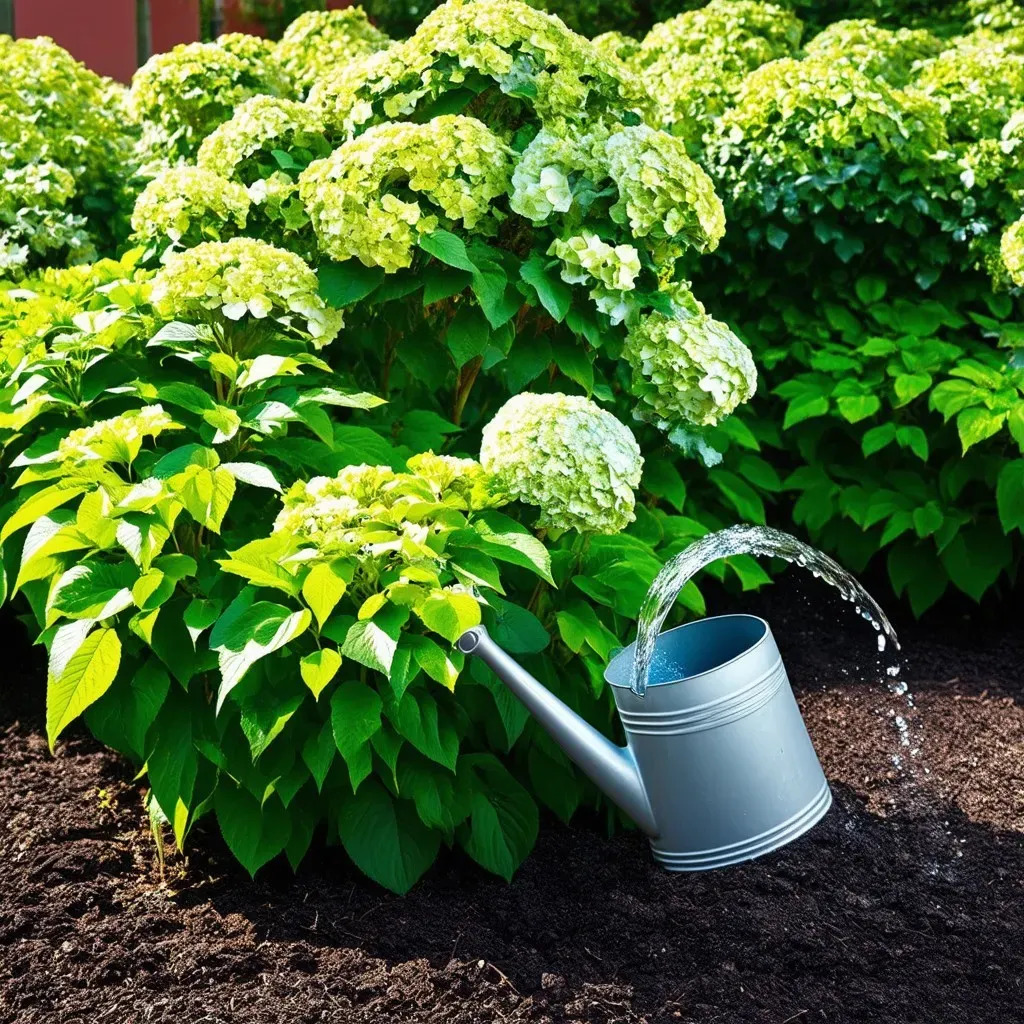
Reference Video
Planting Hydrangeas in Zone 8
The process of planting hydrangeas requires careful attention to ensure their success. Follow these steps for optimal planting:
- Choose the Right Time: Early spring or fall is the best time to plant.
- Prepare the Soil: Amend the planting area with organic matter, such as compost, to improve drainage and nutrients.
- Dig a Hole: The hole should be twice the size of the root ball and deep enough to accommodate the roots.
- Plant the Hydrangea: Remove the plant from its container and gently loosen any tightly bound roots. Place it in the hole and fill it with soil.
- Water Thoroughly: After planting, give the new shrub a deep watering to help settle the soil around the roots.
Pruning Techniques for Hydrangeas in Zone 8
Proper pruning can enhance the flowering ability of hydrangeas. Pruning times vary depending on the variety:
- Bigleaf and Lacecap Hydrangeas: Prune in late fall or early spring, before new growth begins.
- Panicle and Smooth Hydrangeas: Prune in late winter or early spring, ensuring you remove old wood and spent blooms.
| Hydrangea Type | Pruning Time | Pruning Method |
|---|---|---|
| Bigleaf | Late fall/early spring | Remove dead flowers and shape |
| Panicle | Late winter/early spring | Cut back branches to promote fullness |
| Smooth | Late winter/early spring | Trim to shape; remove old growth |
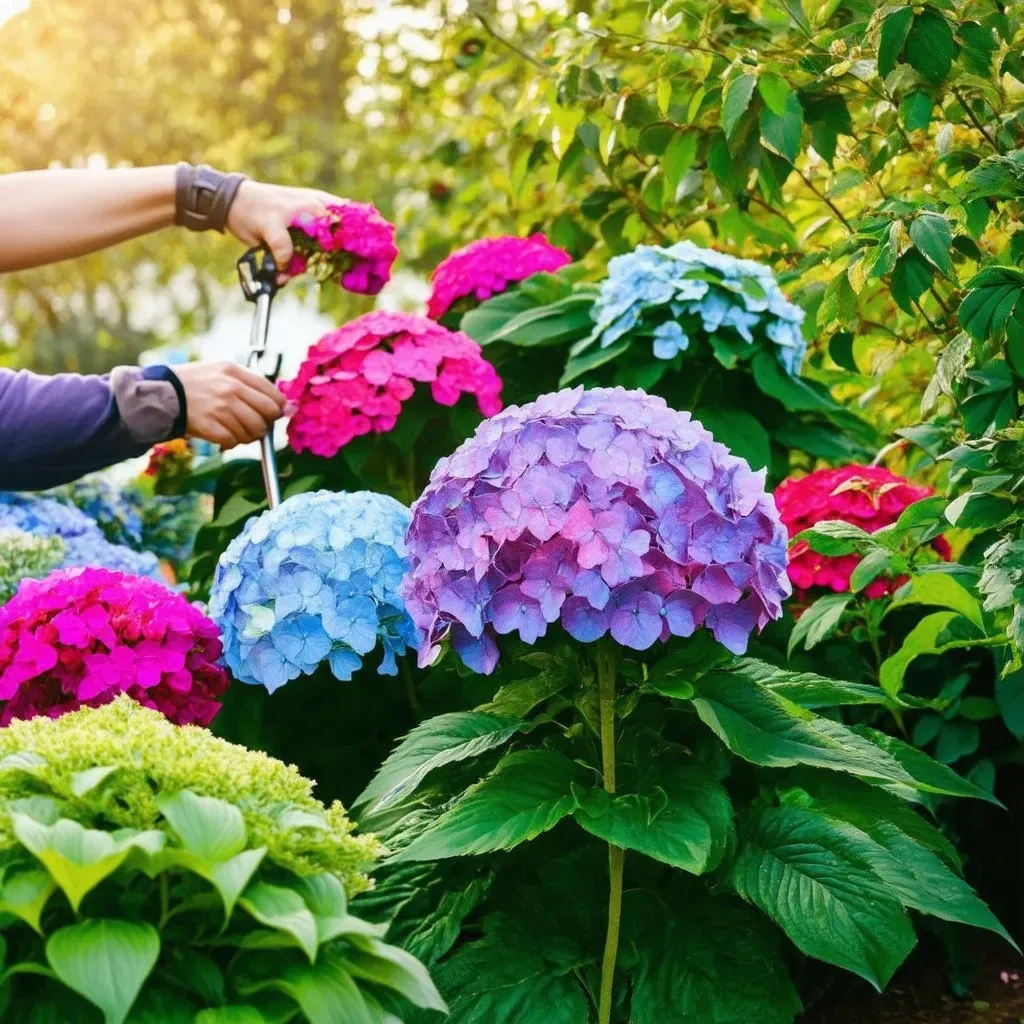
Common Problems and Pest Management for Hydrangeas in Zone 8
While hydrangeas are resilient plants, they can be susceptible to various issues. Here are common problems to watch out for:
Fungal Diseases
- Leaf Spot: Can be caused by excess moisture and poor air circulation. Treat with fungicides and ensure proper spacing.
- Powdery Mildew: Often appears in humid conditions. Spray with a mixture of water and baking soda or use a fungicide.
Pests
- Aphids & Spider Mites: Regularly check for infestations. Use insecticidal soap or neem oil for treatment.
- Slugs & Snails: Handpick or use organic slug bait to control these pests.
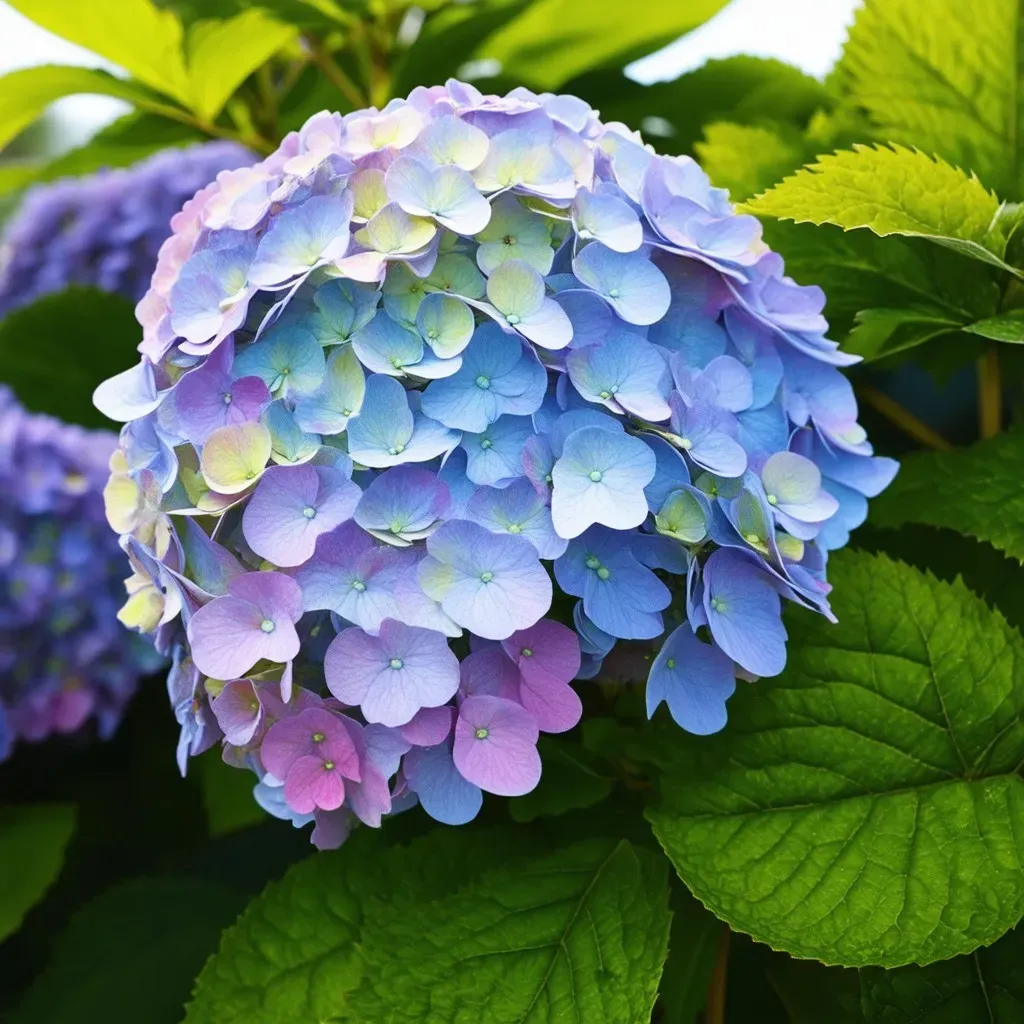
FAQ About Hydrangeas in Zone 8
Q: Can I plant hydrangeas in the shade?
A: Yes, most hydrangeas can tolerate partial shade. However, too much shade can reduce blooms.
Q: How often should I fertilize my hydrangeas?
A: Fertilizing once in early spring with a balanced fertilizer is typically sufficient.
Q: Will my hydrangea’s color change?
A: Yes, the color of hydrangea blooms can change depending on soil pH levels. Acidic soil produces blue blooms, while alkaline soil yields pink blooms.
Q: How do I propagate hydrangeas?
A: You can propagate hydrangeas through cuttings or layering. Softwood cuttings taken in spring are particularly effective.
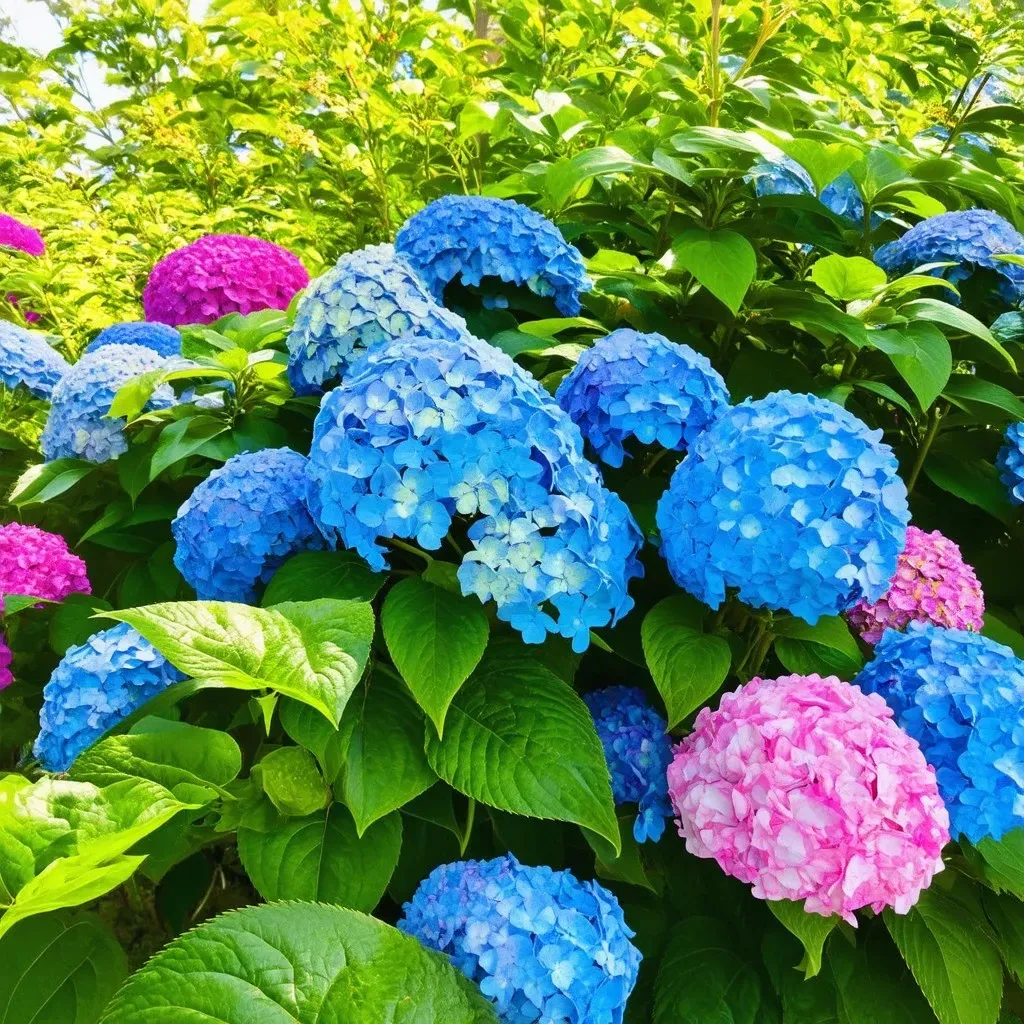
Final Remarks
In summary, growing hydrangeas in Zone 8 can transform your garden into a vibrant oasis of color. With the right care, conditions, and selection, you can enjoy the splendid blooms these beautiful shrubs have to offer for many seasons to come. For more detailed information, you can visit Gardening Know How for in-depth guides on Hydrangea Care.
